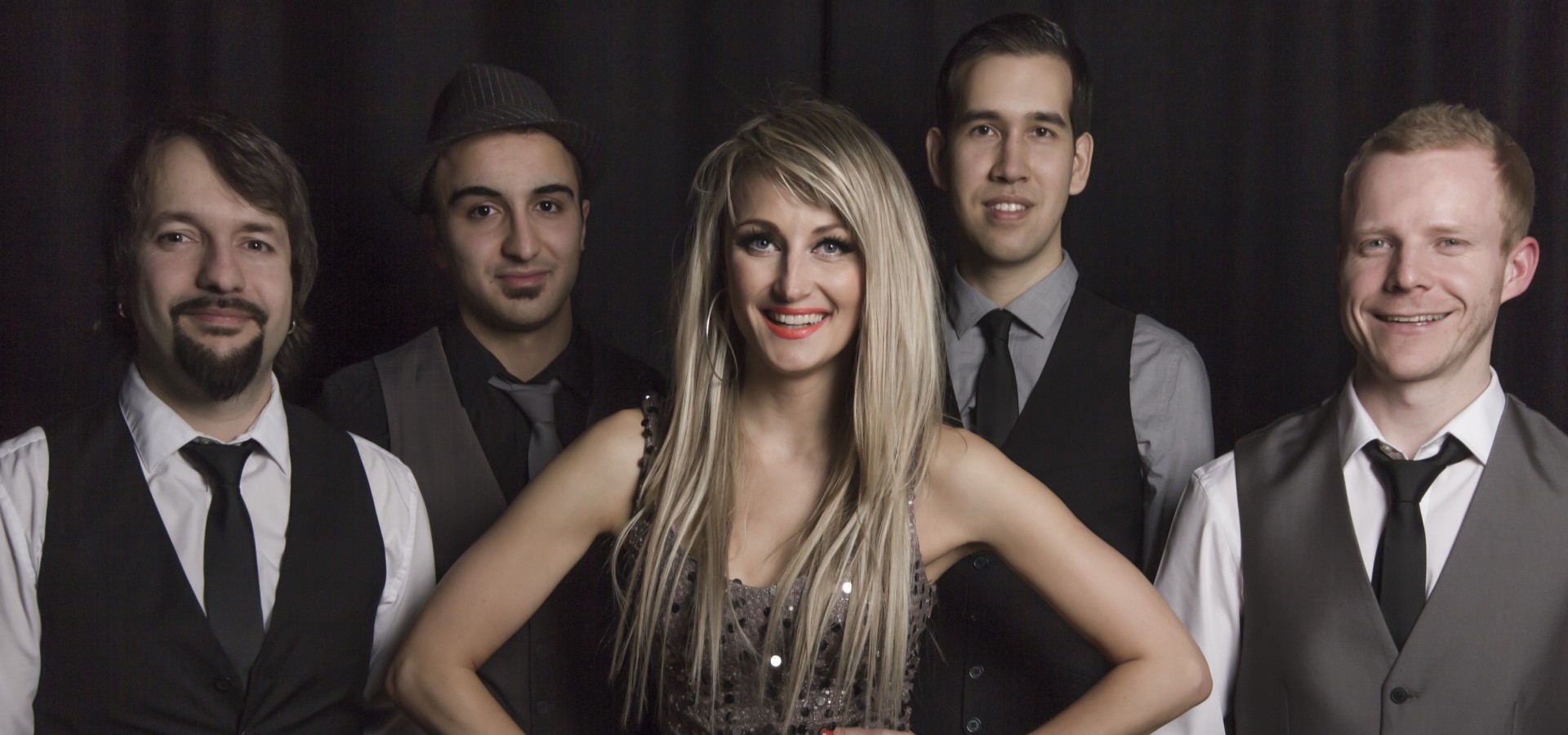

Salomon’s growing success among sneaker enthusiasts has spawned in an era where the public has become disenchanted by the perceived lack of fairness around acquiring Nike sneakers, which has become increasingly more difficult thanks to supply chain woes during the ongoing pandemic. Its adoption by a fellow French retailer, The Broken Arm, which started to stock the company in its forward-thinking boutique, would later result in collaboration that’s ongoing to this day.

The brand, however, was acquired by Adidas in 1997 and started to make more modern outdoor sneakers in the early 2000s, an archive that it is now starting to unearth, although Salomon is no longer owned by Adidas.Īlthough it might seem like Salomon has gotten popular out of nowhere, at least among niche fashion circles or mood board vibists on Instagram, the brand’s upward ascent can be traced back to 2015. Its early foray into hiking produced models that were technical and resembled something that looked like it should have a ski attached to it, rather than footwear that could be worn for other endeavors. Salomon began making ski boots in 1979 and didn’t venture into hiking footwear until 1992. This opened the lane for Salomon, the brand founded in 1947 by Georges Salomon in the French Alps, which focused on skiing and became the world’s leading manufacturer of bindings. Hiking shoes with chunky soles, or just sneakers that could take a beating, became popular once again. For the sneaker industry, and clothing industry, too, that meant a piqued interest in products made for the outdoors.

When people want what they can’t have, something as simple as going outside, it can conjure fantasies of doing the opposite. The past two years have forced everyone to stay inside.


 0 kommentar(er)
0 kommentar(er)
